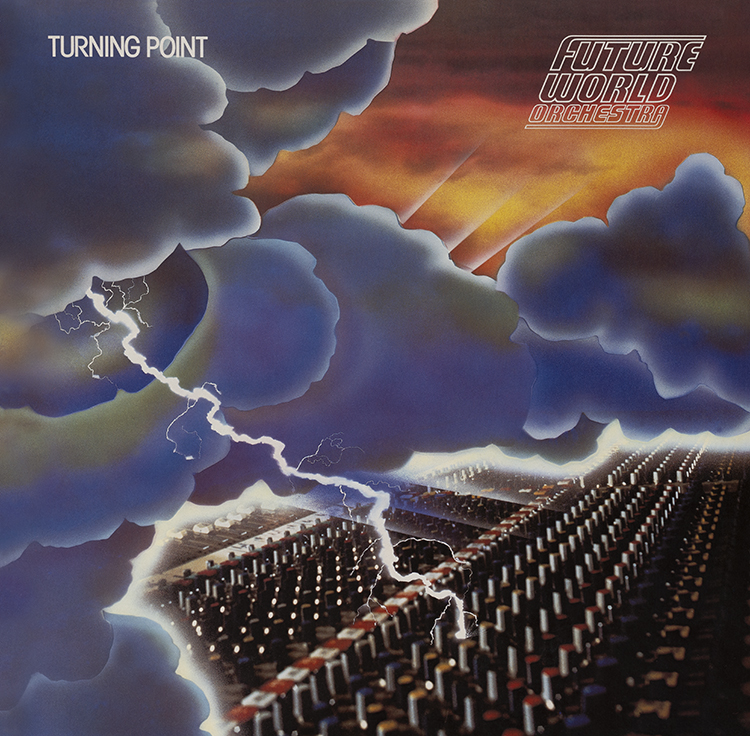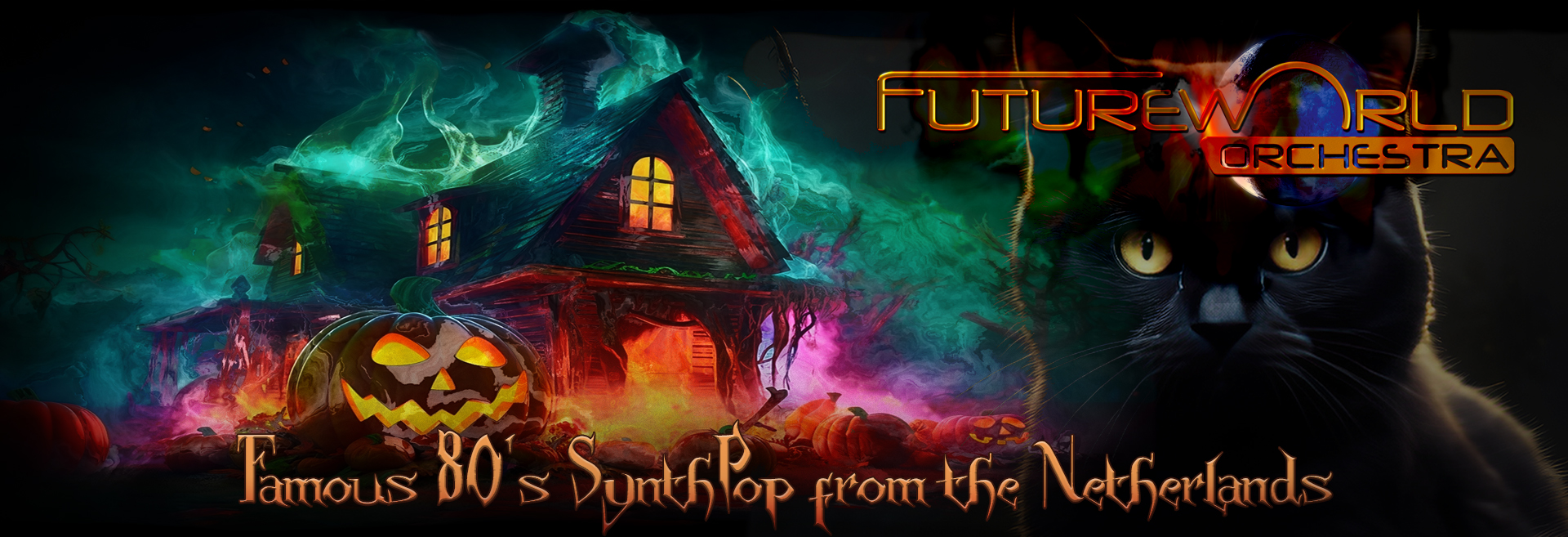
The Creation of Turning Point
Futureworld Orchestra’s second album, Turning Point, released in 1983, marked a significant evolution in the Dutch synth-pop duo’s musical journey. Composed of Robert Pot and Gerto Heupink, this album continued their exploration of electronic soundscapes while delving deeper into themes of change and transformation, both musically and lyrically.
Key Contributors
Artists:
Robert Pot and Gerto Heupink took the helm as the primary composers and performers on Turning Point, showcasing their adeptness in synthesizer programming and vocal arrangements. The duo’s synergy is palpable throughout the album, as they experimented with various sounds and textures to create a cohesive auditory experience.
Producer:
Bert Ruiter (Bassplayer in Focus) R.I.P. who produced Turning Point, played a critical role in shaping the album’s sound in a more “rocky style”. Known for his work with other prominent acts, Ruiter’s experience added depth to the production process. He worked closely with Pot and Heupink, ensuring that their creative vision translated effectively into the recordings. His expertise in arranging and producing helped balance the electronic elements with the organic sounds, enhancing the overall listening experience.
Engineering Team:
Sytse Gardenier & Sander Bos, who served as the engineers, played a crucial role in ensuring that the layers of synthesizers, percussion, and vocals blended seamlessly, achieving the rich sound for which Futureworld Orchestra became known.
Instrumentation and Arrangement
The album featured a variety of synthesizers, including the iconic Polymoog, Korg PS-3100, ARP-2600 and Korg MS-20, all of which were integral to the band’s signature sound. The choice of instruments allowed Robert and Gerto to create lush arrangements filled with melodic hooks and intricate harmonies.
Notable Tracks
Turning Point includes standout tracks such as “Roulette,” which captures the essence of synth-pop with its catchy melodies and driving rhythm. Another notable song, “Misty Clouds,” highlights the emotional depth that Robert Pot infused into his compositions, demonstrating his ability to create an atmosphere that resonates with listeners.
Visual and Marketing Elements
The visual aspect of Turning Point was crafted by Bart Falkmann, who designed the album cover art. His work encapsulated the futuristic and sometimes dystopian themes of the music, further enhancing the album’s appeal. Released on Dureco Benelux, Turning Point was distributed widely, allowing it to reach a broad audience and solidify Futureworld Orchestra’s presence in the synth-pop scene.
Legacy
The release of Turning Point not only cemented Futureworld Orchestra’s status as a significant player in the synth-pop genre but also laid the groundwork for many modern electronic artists who cite their work as an influence. The album continues to resonate with fans, and its remastered versions have introduced their music to new generations.
